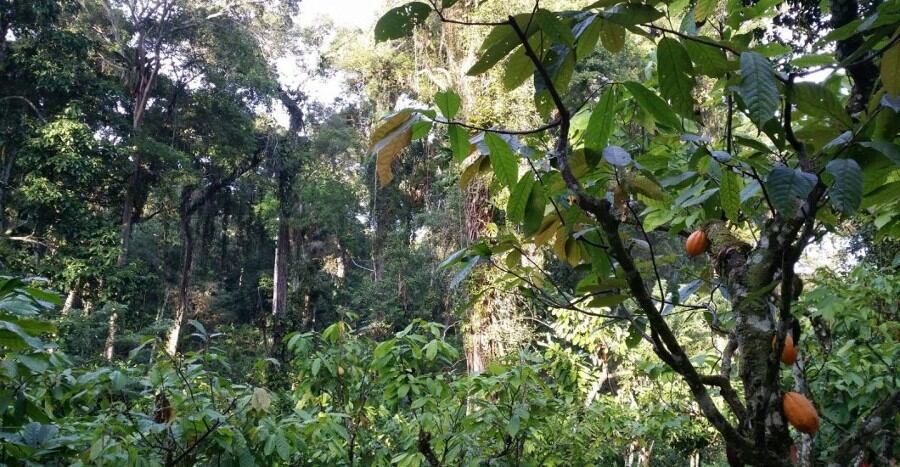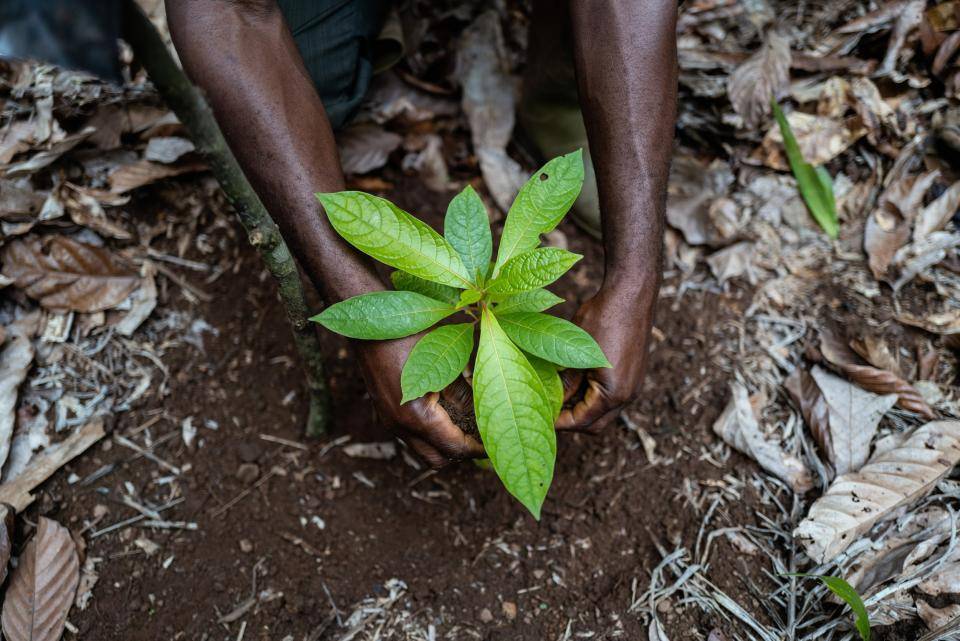“Poverty is always confronting our very soul,” said Fuzz Kitto, Director of Be Slavery Free, the coordinating NGO of the Chocolate Scorecard. “You are never prepared for it fully, just I was not prepared for the conversation with an older woman, who took me aside in her cocoa cooperative which supplies multi-national chocolate companies, rubbed her belly, and said, ‘hungry’.”
The Chocolate Scorecard is a collective of 37 NGO’s and Universities, who are calling on chocolate companies to commit to a ‘living income’ for cocoa farmers. According to the Chocolate Scorecard, the sustainability claims made by companies are defined narrowly to refer only to their own programmes, which may foster sustainable practices but do not refer to the actual status of their cocoa or necessarily improve the actual living conditions of cocoa farmers.
“That is, if a farmer participates in a programme (which might mean you were one of four farming families given a cookstove, or you took part in a survey) the cocoa you grow is then claimed to be ‘sustainable’. The claim doesn’t take stock of the fact that the farmer might be extremely poor, and has children engaging in labour (which may be dangerous) rather than going to school,” the Scorecard authors claim.
Where’s the evidence?
Only 11% of the chocolate companies that participated in the Chocolate Scorecard have traced their cocoa to its origin. Further, on average 40% of cocoa is purchased indirectly, meaning the buyer doesn’t know who they bought from or where it came from. Without knowing where cocoa comes from you can’t possibly claim it is sustainable according to recognised definitions - “meeting the needs of the present without compromising the ability of future generations to meet their own needs.”
A recent report by Oxfam claims the “net income of farmers decreased by an estimated 16.38% between the 2019/20 and 2021/22 harvesting season.” When the price of cocoa increases everything else a farmer purchases increases in price, leaving them worse off in reality. This is associated with increases in profits in chocolate companies. The global chocolate market was valued at a revenue of $131.9 million in 2021. It is projected to grow at 4.50% annually.
Around half of the companies participating claim to have calculated or adopted a ‘living income reference price.’ This is the price a farmer needs to sell his cocoa for, in order to be able to earn a ‘living income‘. This shows that many companies know what the reference price is. They are fully aware of what they should be paying to afford farmers a decent living. Most companies are not paying this price for a significant share of their cocoa purchases, or in the case of traders are only paying it for certain customers, according the study.
Carolyn Kitto, from the Chocolate Scorecard said: “We do not accept all calculations are credible. Some companies have a price as low as $1.90 per person in the family per day which is the old (pre-2022) extreme poverty line set by the World Bank. Paying above this amount simply means you may be lifting people out of extreme poverty and into poverty.”
In its latest report, The Cocoa Barometer discusses solutions to poverty and identifies that the ‘favoured approaches [to addressing poverty] so far … are not going to bridge the income gap; higher yields do not necessarily lead to increased net income but do lead to greater risks for farmers. Without significantly higher farmgate prices, sustainability in the cocoa sector is a pipe dream,’ it stated.
The solution to this seemingly complex problem is actually rather simple, says the Chocolate Scorecard. Chocolate companies need to find a way to pay farmers more for their cocoa. They can either reduce their astonishing high profits or pass on the cost to you and me. It would be a matter of a few cents or euros more per bar for the consumer and totally doable for the chocolate companies.”
- The Chocolate Scorecard and further analysis is available at chocolatescorecard.com




